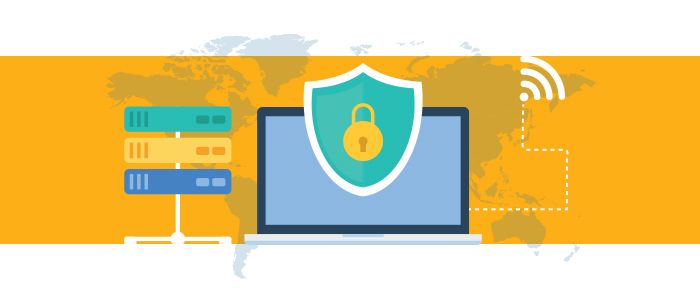In today’s digital age, more and more companies are adopting remote work policies to provide flexibility and convenience for their employees. While remote work offers many benefits, it also presents unique challenges, particularly when it comes to cybersecurity. With employees accessing company data and networks from various locations, it’s essential for organizations to prioritize cybersecurity measures to protect sensitive information and prevent cyber threats.
Best Practices for Cybersecurity in a Remote Work Environment
1. Use Secure Networks
Encourage employees to connect to secure networks, such as VPNs, when working remotely. This helps to encrypt data and protect against unauthorized access. Avoid public Wi-Fi networks, as they are often unsecured and vulnerable to cyber attacks.
2. Implement Multi-factor Authentication
Require employees to use multi-factor authentication when accessing company systems and data. This adds an extra layer of security by requiring additional verification beyond just a password, such as a code sent to a personal device.
3. Keep Software Updated
Ensure that all software, including operating systems and applications, is regularly updated with the latest security patches. Outdated software can contain vulnerabilities that hackers can exploit to gain access to sensitive information.
4. Provide Security Awareness Training
Educate employees on cybersecurity best practices and potential threats, such as phishing scams and malware. Help them recognize suspicious emails and websites, and emphasize the importance of reporting any security incidents promptly.
5. Use Endpoint Security Solutions
Deploy endpoint security solutions, such as antivirus software and firewalls, on all devices used for remote work. These tools help to detect and prevent attacks on individual devices, ensuring that company data remains secure.
Challenges of Cybersecurity in a Remote Work Environment
1. Increased Attack Surface
With employees accessing company networks from various locations and devices, the attack surface for cyber threats is expanded. Hackers can exploit vulnerabilities in remote connections to gain access to sensitive information.
2. Security Compliance Concerns
Maintaining compliance with data protection regulations, such as GDPR and HIPAA, becomes more challenging in a remote work environment. Companies must ensure that data is handled securely and that privacy regulations are followed, even when employees are working remotely.
3. Insider Threats
Remote work can increase the risk of insider threats, as employees may inadvertently or intentionally compromise company data. It’s essential to monitor employee activity and implement access controls to prevent unauthorized data access.
4. Device Security Risks
Employees using personal devices for remote work can introduce security risks, as these devices may not have the same level of security as company-owned devices. Companies must implement policies to secure personal devices used for work and ensure they are compliant with security standards.
5. Remote Access Vulnerabilities
Remote access tools, such as VPNs and remote desktop applications, can be targeted by cybercriminals to gain unauthorized access to company networks. It’s crucial to secure remote access points and monitor for any suspicious activity to prevent data breaches.
By implementing best practices and addressing the challenges of cybersecurity in a remote work environment, organizations can protect their sensitive information and mitigate the risk of cyber threats. By staying vigilant and proactive in their cybersecurity efforts, companies can ensure the security of their remote work infrastructure and safeguard their data from potential attacks.
